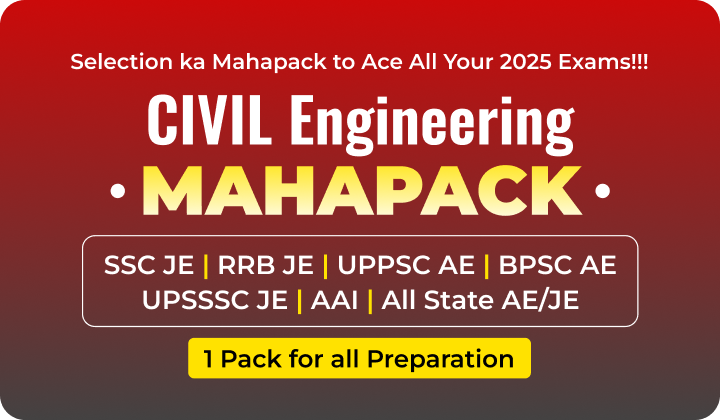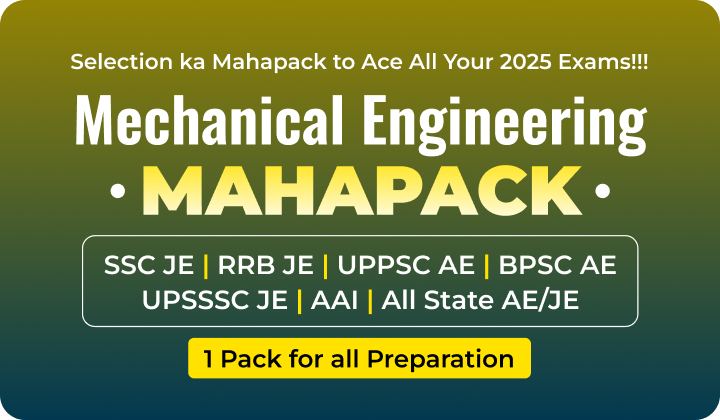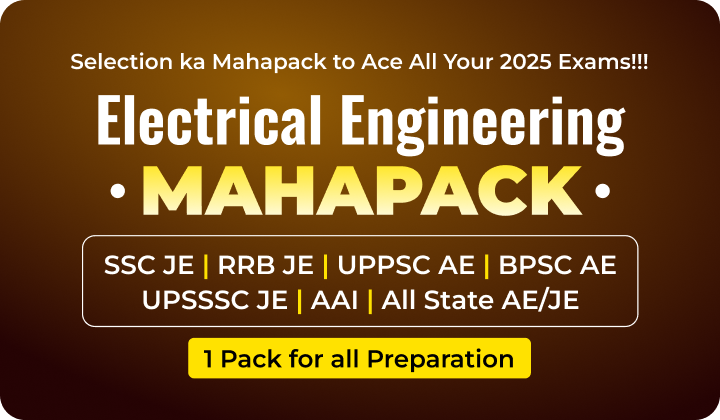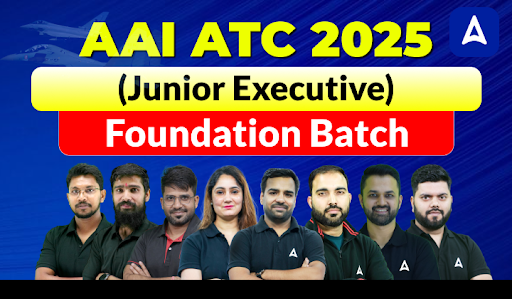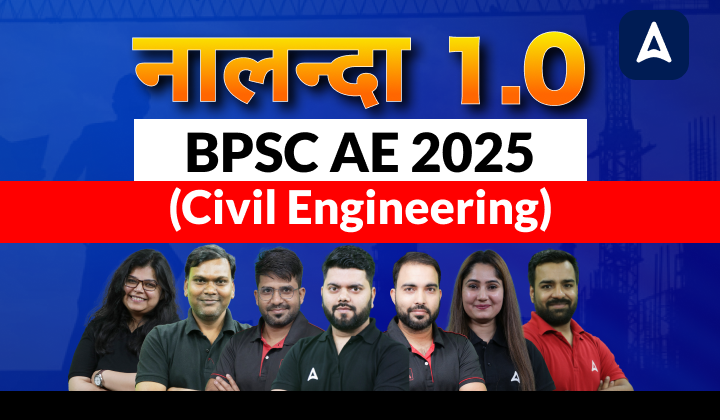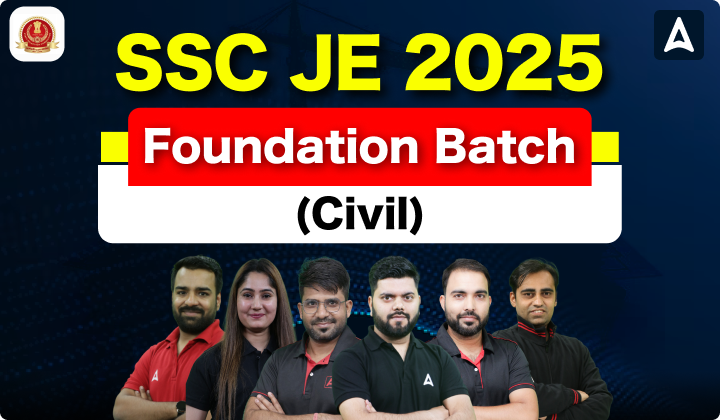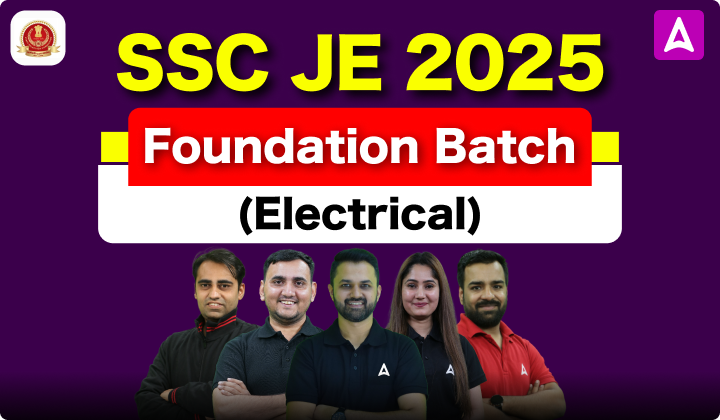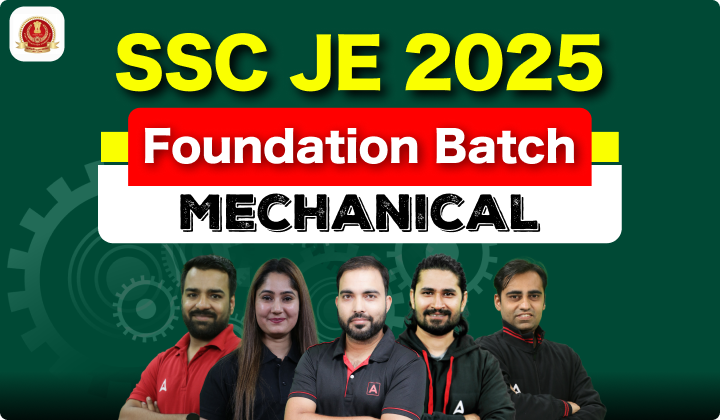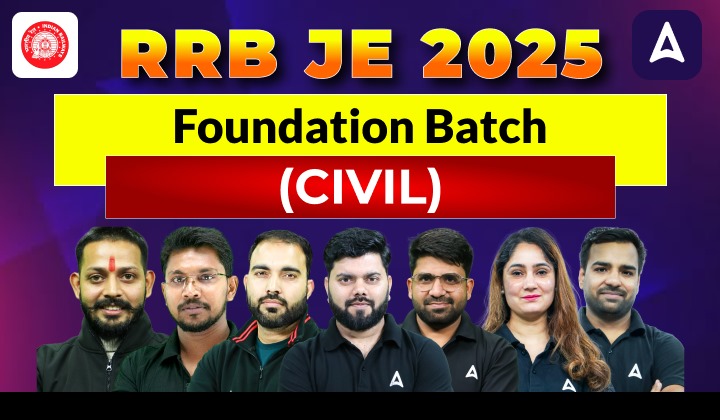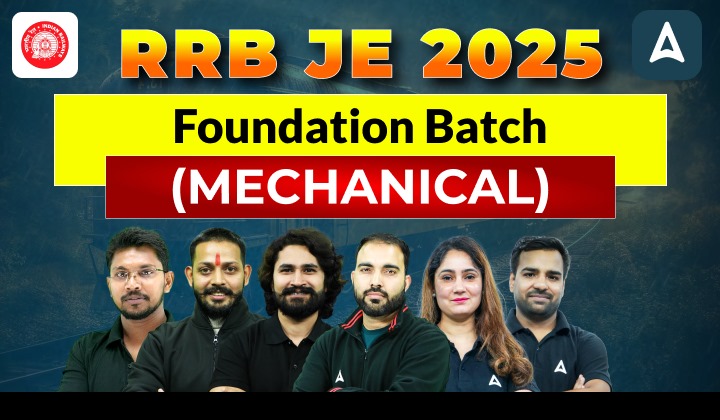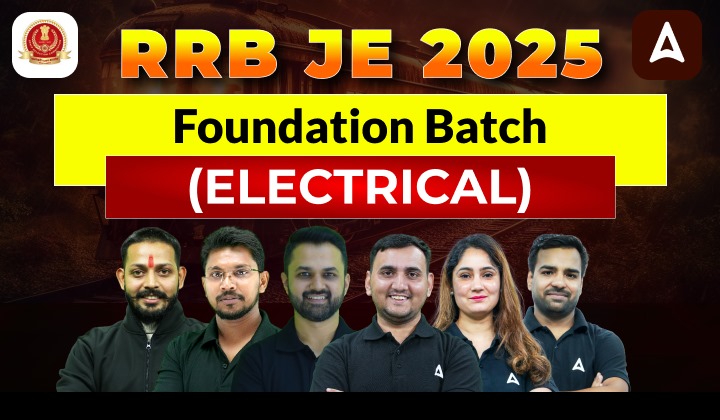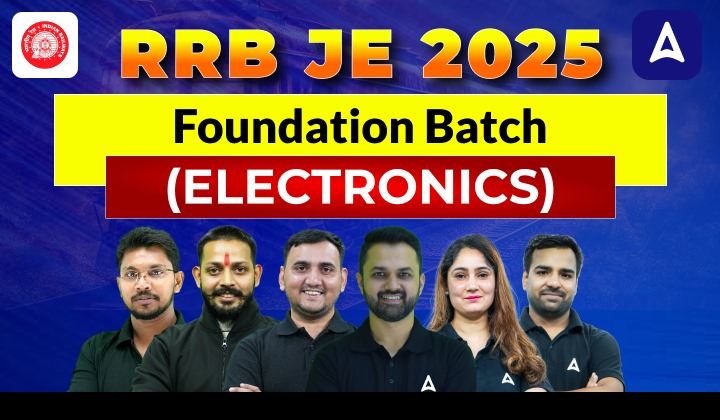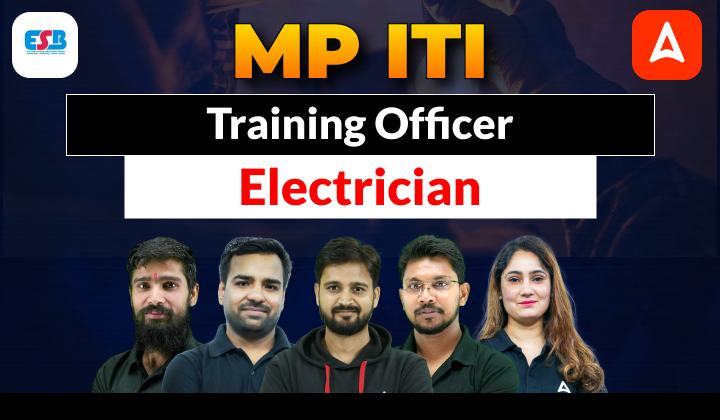Table of Contents
TNPSC CESE Recruitment 2023
TNPSC CESE Recruitment 2023 has been announced by the Tamil Nadu Public Service Commission to recruit 369 candidates through the Combined Engineering Services Examination 2023 at @tnpsc.gov.in. The online application link for TNPSC CESE Recruitment 2023 is active now and 11 November 2023 is the last date of application.
TNPSC Recruitment 2023
In this article, all the details related to the TNPSC Recruitment 2023 Notification like the selection process, eligibility, vacancy, details, apply Online link, etc are summarized for the ease of candidates. Engineering graduates should go through the complete information about the TNPSC Recruitment 2023 thoroughly and apply online as soon as possible to avoid server failure at the last minute.
TNPSC CESE Recruitment 2023-Overview
Tamil Nadu Public Service Commission Combined Engineering Services Examination is an examination conducted by the TNPSC for the recruitment of engineering graduates into various government departments and services in the state of Tamil Nadu, India. The important information regarding TNPSC CESE Recruitment 2023 is given below in the table format:
| TNPSC CESE Recruitment 2023 | |
| Recruitment Authority | Tamil Nadu Public Service Commission |
| Name of Exam | Combined Engineering Services Examination |
| Number of Vacancies | 369 |
| Advertisement Number | 672 |
| Category | Engineering Updates |
| Job Location | Tamil Nadu |
| Application Mode | Online |
| Notification release date | 13 October 2023 |
| Apply Online Starts | 13 October 2023 |
| Apply Online Ends | 11 November 2023 |
| Application Correction | 16 to 18 November 2023 |
| Exam Date | 06 and 07 January 2024 |
| Selection Process | Written Examination | Interview |
| Official Website | https://www.tnpsc.gov.in/ |
TNPSC CESE Notification 2023 PDF
The TNPSC CESE Notification 2023 was uploaded on 13 October 2023 indicating the 369 vacant positions under Tamil Nadu Public Service Commission. The candidates must download the TNPSC AE Notification 2023 through the link given below and read the details properly before applying for recruitment.
Download TNPSC CESE Notification 2023 PDF
TNPSC CESE Apply Online Link
The candidates willing to apply for the various posts announced under TNPSC CESE Recruitment can apply online till 11 November 2023 through the direct link given below. It is important to note that the eligibility should be checked carefully by the applicants before online application as failing to satisfy that can lead to disqualification at any stage of the recruitment.
TNPSC CESE Vacancy 2023
The candidates shall know the vacancies announced for the particular discipline under TNPSC CESE Recruitment 2023. The table below is provided for the candidates to refer to for knowing post-wise TNPSC CESE Vacancy 2023.
| TNPSC CESE Vacancy 2023 Post Wise | ||
| Post Code | Post Name | Vacancies |
| 1729 | Principal, Industrial Training Institute/ Assistant Director of Training | 01 |
| 1656 | Assistant Engineer (Civil) (Water Resources Department, PWD) | 04 |
| 3656 | Assistant Engineer (Civil) (PWD) | 05 |
| 1660 | Assistant Engineer (Rural Development and Panchayat Raj Department) | 01 |
| 1661 | Assistant Engineer (Highways Department) | 53 |
| 1667 | Assistant Engineer (Agricultural Engineering) | 01 |
| 1664 | Assistant Director of Industrial Safety and Health | 20 |
| 1900 | Assistant Engineer (Industries) | 09 |
| 1657 | Assistant Engineer(Electrical) | 36 |
| Tamil Nadu Government Act No.14 of 2022 posts included in various Boards | ||
| 3265 | Senior Officer (Technical) Tamil Nadu Industrial & Investment Corporation | 08 |
| 3266 | Assistant Engineer (Electrical) TANGEDCO | 36 |
| 3267 | Assistant Engineer(Civil) TANGEDCO | 05 |
| 3268 | Assistant Engineer (Mechanical) TANGEDCO | 09 |
| 3230 | Assistant Engineer (Civil) (Tamil Nadu Urban Habitat Development Board) | 01 |
| 3269 | Assistant Engineer Tamil Nadu Pollution Control Board | 49 |
| 3270 | Assistant Engineer (Civil) Tamil Nadu Water Supply and Drainage Board | 78 |
| 3275 | Assistant Engineer (Mechanical) Tamil Nadu Water Supply and Drainage Board | 20 |
| 3271 | Manager – Engineering (TNCMPFL ) | 07 |
| 3272 | Manager – Civil (TNCMPFL) | 01 |
| 3273 | Assistant Engineer(Civil) Tamil Nadu Adi Dravidar Housing & Development Corporation Limited | 25 |
| Total Posts | 369 | |
TNPSC AE Eligibility Criteria 2023
The candidates aspiring to apply for vacancies announced under TNPSC AE Recruitment 2023 must fulfill the specific eligibility criteria. The detailed TNPSC AE Eligibility Criteria 2023 is described in this section covering educational qualification and age limit.
Educational Qualification
The candidates should have educational qualifications of the B.Tech/ B.E. in the respective discipline from the recognized university to register for the TNPSC CESE Recruitment 2023.
Age Limit
The candidates shall be of a certain age group to apply for vacancies announced for various engineering disciplines under TNPSC CESE Notification 2023. The age limit for various posts announced under TNPSC CESE Recruitment is given below in table format.
| TNPSC CESE Recruitment 2023 Age Limit | |
| Post Name | Age Limit |
| Assistant Engineer (Industries and Electrical) | 37 Years |
| Assistant Engineer TANGEDCO | 35 Years |
| All Other Posts | 32 Years |
It’s important to note that age relaxation will be provided to the special category candidates.
TNPSC CESE Recruitment 2023-Application Fees
The candidates would have to pay the application fee according to the table to apply for TNPSC CESE Recruitment 2023. Application Fees can be paid only through online mode to apply for TNPSC CESE 2023. The details reading TNPSC Recruitment Application Fees are provided below:
- Registration Fee For One Time Registration: Rs. 150/-
- Examination fees: Rs. 200/-
TNPSC CESE Selection Process 2023
The candidates will be selected on the basis of written examination and interview for various posts announced under TNPSC CESE Recruitment 2023. The detailed TNPSC CESE Selection Process is mentioned below:
- Written Test
- Oral Test (Except Post Code 3273)
- Document Verification
- Medical Examination
TNPSC CESE Salary
The candidates who will be selected for the TNPSC CESE Recruitment will draw a handsome amount of salary as decided by the commission. The post-wise TNPSC CESE Salary 2023 is described below:
| TNPSC CESE Salary Post Wise | ||
| Post Code | Post Name | Pay Scale |
| 1729 | Principal, Industrial Training Institute/ Assistant Director of Training | Rs.56100 – 205700 |
| 1656 | Assistant Engineer (Civil) (Water Resources Department, PWD) | Rs.37700- 138500 |
| 3656 | Assistant Engineer (Civil) (PWD) | |
| 1660 | Assistant Engineer (Rural Development and Panchayat Raj Department) | |
| 1661 | Assistant Engineer (Highways Department) | |
| 1667 | Assistant Engineer (Agricultural Engineering) | |
| 1664 | Assistant Director of Industrial Safety and Health | |
| 1900 | Assistant Engineer (Industries) | |
| 1657 | Assistant Engineer(Electrical) | |
| Tamil Nadu Government Act No.14 of 2022 posts included in various Boards | ||
| 3265 | Senior Officer (Technical) Tamil Nadu Industrial & Investment Corporation | Rs.56100 – 205700 |
| 3266 | Assistant Engineer (Electrical) TANGEDCO | Rs.39800 – 126500 |
| 3267 | Assistant Engineer(Civil) TANGEDCO | Rs.37700- 138500 |
| 3268 | Assistant Engineer (Mechanical) TANGEDCO | |
| 3230 | Assistant Engineer (Civil) (Tamil Nadu Urban Habitat Development Board) | |
| 3269 | Assistant Engineer Tamil Nadu Pollution Control Board | |
| 3270 | Assistant Engineer (Civil) Tamil Nadu Water Supply and Drainage Board | |
| 3275 | Assistant Engineer (Mechanical) Tamil Nadu Water Supply and Drainage Board | |
| 3271 | Manager – Engineering (TNCMPFL ) | Rs.37700 – 119500 |
| 3272 | Manager – Civil (TNCMPFL) | |
| 3273 | Assistant Engineer(Civil) Tamil Nadu Adi Dravidar Housing & Development Corporation Limited | Rs. 36400- 134200 |
| Important Recruitments | |
| DRDO Recruitment 2023 | ISRO Recruitment 2023 |
| BHEL Recruitment 2023 | BEL Recruitment 2023 |
| NTPC Recruitment 2023 | PGCIL Recruitment 2023 |
| IOCL Recruitment 2023 | ONGC Recruitment 2023 |







 AAI ATC Admit Card 2025 For Junior Execu...
AAI ATC Admit Card 2025 For Junior Execu...
 BSPHCL Technician Grade 3 Admit Card 202...
BSPHCL Technician Grade 3 Admit Card 202...
 MPPTCL Recruitment 2025 Notification Out...
MPPTCL Recruitment 2025 Notification Out...

